Transcription of Deal or No Deal - Blue Ribbon
1 deal or No deal Sherry Holley Buckhannon-Upshur High School Blue Ribbon Probability and Data Analysis Summer 2006 deal or No deal Thank you to NBC and deal or No deal for the use of their website and game. Rationale Students often misunderstand the difference between simple probability and the odds of event occurring. They may also confuse theoretical and experimental probability. deal of No deal actively involves the student in a real-life situation to promote better understanding of these statistics topics.
2 Grade Level(s) Sixth grade through high school Objective(s) Students will be able to find the simple probability of an event occurring. Students will be able to determine the odds of an event happening. Students will be able to explain the difference between simple probability and odds. Students will be able to explain the difference between experimental and theoretical probability. Students will be able to name a real world situation where they can use probability and odds. CSO(s)- determine the probability of a given event and express that probability as a ratio, decimal or percent.
3 Determine experimental and theoretical probability of an event using appropriate technology. investigate the experimental and theoretical probability, including compound probability of an event. analyze problem situations, games of chance, and consumer applications using statistical samplings to determine probability and make predictions. draw inferences and construct convincing arguments, including misuses of statistical or numeric information, based on data analysis.
4 Predict the outcomes of simple events using the rules of probability. apply the basic probability rules in expressing the chances of events occurring using technology when appropriate. distinguish between experimental and theoretical probability. express the chances of events occurring either in terms of a probability or odds. **See Performance Descriptors listed below Pre-Requisite Skill(s)- Watch deal or No deal (NBC channel) Click on Challenge Exercises (establish understanding of simple probability) Find the probability of a simple event Find the odds of an event Materials Needed- Access to a computer lab and Internet (or some variation of the game) Copy of the worksheet for each student Calculator (if desired) Assessment- Worksheet that is completed as the student plays the game.
5 Extension- 1. deal or No deal Part II worksheet 2. Have students make a game of deal or No deal so that they play the banker to determine the amount of money. Have them determine whether to up the amount or down the amount according to the amounts knocked out of the game. Performance Descriptors Distinguished The student demonstrates exceptional and exemplary performance with distinctive and sophisticated application of knowledge and skills that exceeds the standard in data analysis and probability.
6 The student applies data analysis and statistical samplings to solve, analyze, and interpret real world application problems. The student calculates and explains the benefits of data-based solutions. The student justifies problem-solving methods with valid and convincing evidence. Above Mastery The student demonstrates competent and proficient performance and shows a thorough and effective application of knowledge and skills that exceeds the standard in data analysis and probability.
7 The student constructs convincing arguments based on data analysis to explain outcomes and uses statistical analysis to make connections to real world situations to predict probability of simple and compound events. The student communicates problem-solving methods with sound reasoning. Mastery The student demonstrates fundamental course or grade level knowledge and skills by showing consistent and accurate academic performance that meets the standard in data analysis and probability.
8 The student creates and extrapolates information from multiple-bar graphs, box and whisker plots, and other data to draw inferences and construct convincing arguments based on data analysis. The student displays, analyzes and solves application problems involving combinations, permutations, games of chance, and consumer applications using statistical samplings to determine probability and make predictions. The student, given the results of experiments, calculates the experimental and theoretical probabilities of simple and compound events.
9 Partial Mastery The student demonstrates basic but inconsistent performance of fundamental knowledge and skills characterized by errors and/or omissions in data analysis and probability. Performance needs further development. The student predicts and reports probable outcomes of simple probability experiments and reads information from multiple-bar graphs and box and whisker plots. The student analyzes problem situations involving games of chance but is inconsistent in solving consumer applications problems involving statistics.
10 Novice The student demonstrates substantial need for the development of fundamental knowledge and skills, characterized by fragmented and incomplete performance in data analysis and probability. Performance needs considerable development. The student records and displays data involving games of chance and may predict and/ or calculate probable outcomes of a simple experiment as compared to the actual outcomes. Skill development is needed for the student to calculate combinations and permutations in application problems.
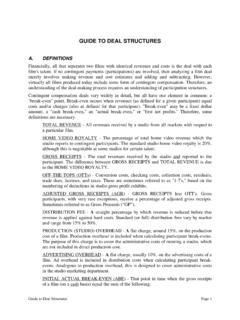
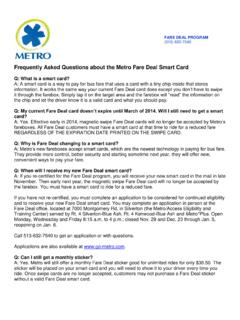
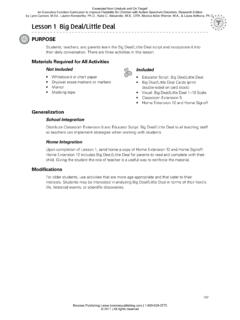

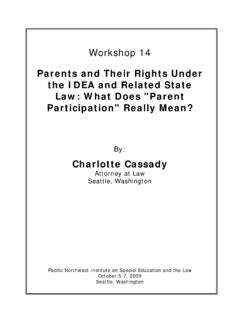
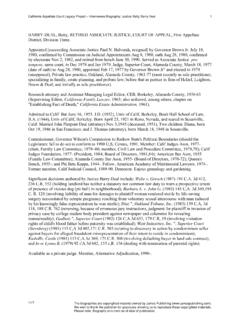
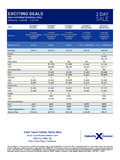
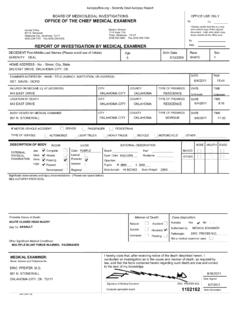

![[DISCUSSION DRAFT] TH ST CONGRESS SESSION H. R. ll](/cache/preview/c/2/3/6/3/b/4/a/thumb-c2363b4a43109bd2b2df3ab59d188576.jpg)